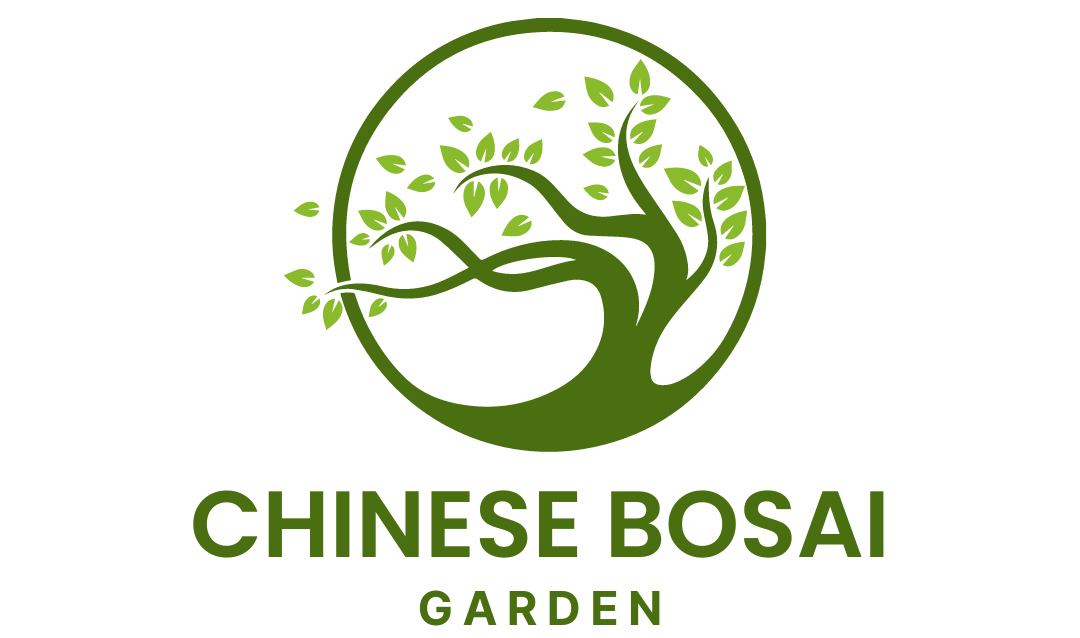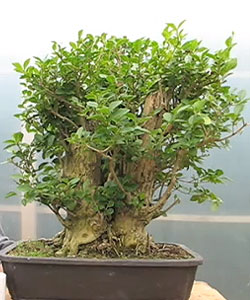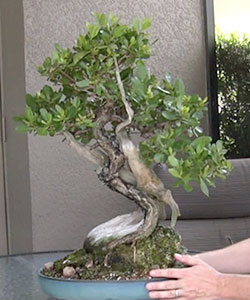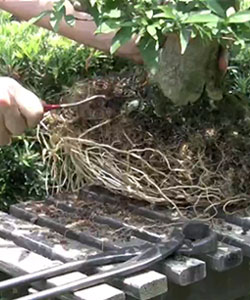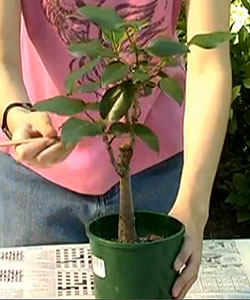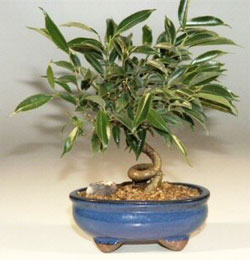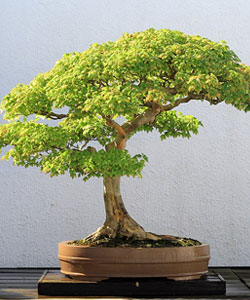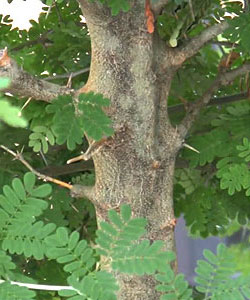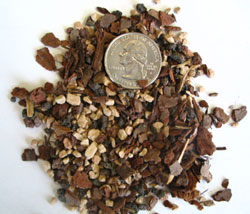Creating Privet Bonsai By Using Deadwood Techniques
In this tutorial, you will see how to transform an ugly hedging material into a beautiful bonsai by using deadwood carving techniques and some branch wiring. We’ll be using Privet Tree, scientific name Ligustrum ovalfolium which is a plant that is …
